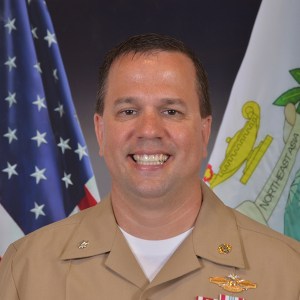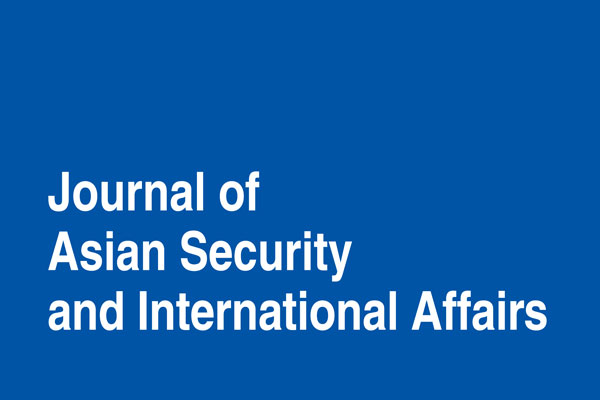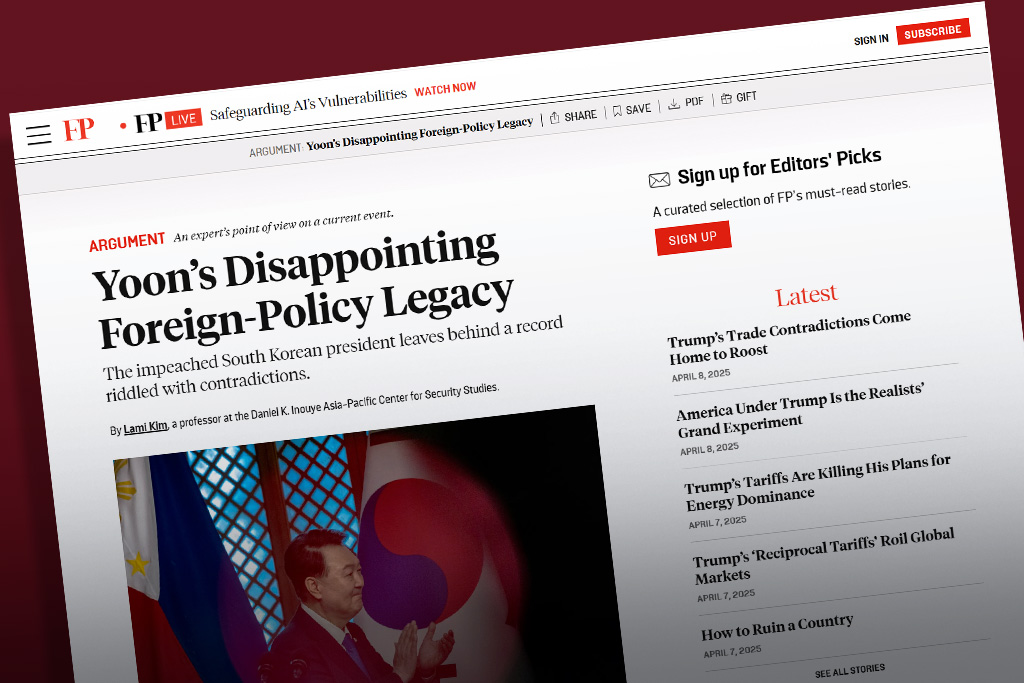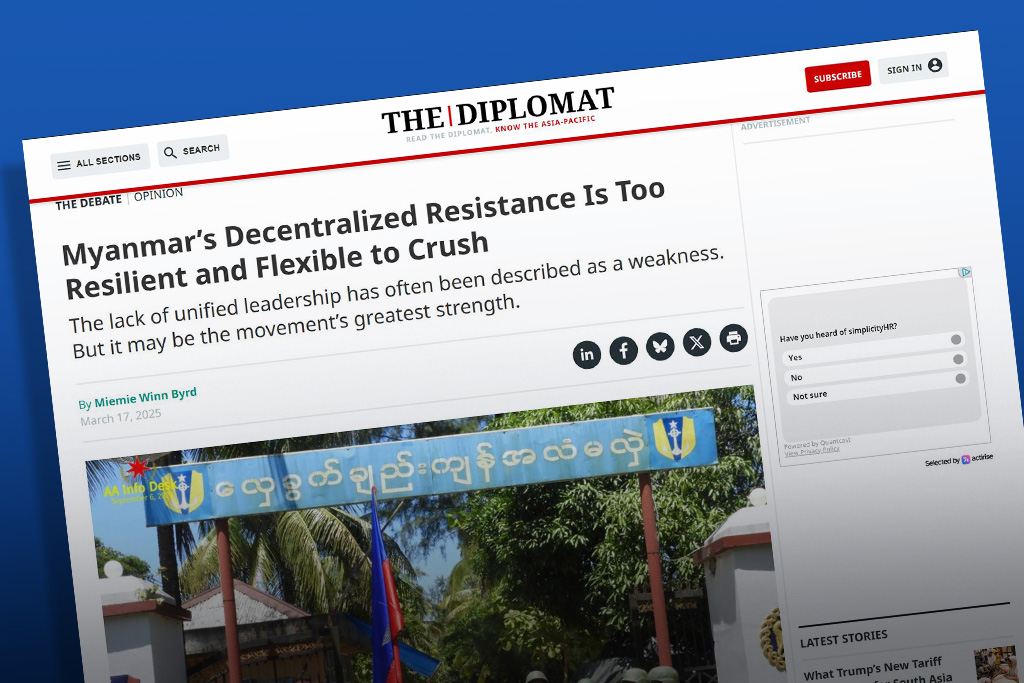 In contemporary international discourse about maritime freedom (e.g., “freedom of navigation”), representatives of nations often speak in generalities, but rarely clarify what they mean. The result is a risk of maritime freedom becoming a relatively meaningless concept and nations misunderstanding one another when discussing this concept in international relations. What can be done to reduce this risk?
In contemporary international discourse about maritime freedom (e.g., “freedom of navigation”), representatives of nations often speak in generalities, but rarely clarify what they mean. The result is a risk of maritime freedom becoming a relatively meaningless concept and nations misunderstanding one another when discussing this concept in international relations. What can be done to reduce this risk?
Professor Jonathan G. Odom, a military professor at the Daniel K. Inouye Asia-Pacific Center for Security Studies, has a published a new article in the Ocean Development and International Law Journal, entitled “Navigating Between Treaties and Tweets: How to Ensure Discourse about Maritime Freedom Is Meaningful.” In this new article, Professor Odom explores this communicative challenge about maritime freedom and recommends a practical solution for how nations can overcome it.
First, Professor Odom discusses that international speakers, including government officials and academic scholars alike, should navigate their use of language about maritime freedom between two purposes simultaneously. On the one hand, the clarified concept of maritime freedom should be concise, communicable and comprehendible for political leaders, diplomats, security practitioners, legal advisors, spokespersons, commentators, and scholars alike. Odom describes this as the “Twitter test.” Yet, at the same time, any discussion about the concept of maritime freedom should also be faithful to the applicable international law that binds nations. When necessary, speakers should be prepared to dialogue on these matters in greater depth and detail. Odom describes this as the “Treaty test.” Given the fundamental role of law in the discussions of any type of freedom, one of the critical functions of international law in international relations can be to mitigate or reduce such rhetorical risk of misunderstanding. In short, nations and the officials who represent those nations should find an optimum balance for discussing the concept of maritime freedom—understanding that the meaning of the concept lies somewhere between treaties and tweets.
Next, Professor Odom recommends that nations follow a three-step process for international discourse about maritime freedom in order to achieve both the “Twitter test” and the “Treaty test.” These steps include: (1) selecting a label for the concept of maritime freedom; (2) framing that label with amplifying language; and (3) applying the established parameters reflected in international law. In exploring the selection of the optimum label and the amplifying language to frame that label, Odom draws upon the historical and contemporary practices of nations, primarily from the actual words and phrases used by nations and the senior officials who represent them. He also evaluates why some labels and language about maritime freedom are better than others.
Then, Professor Odom offers that the optimum label for capturing the concept of maritime freedom is “freedom of the seas,” and the optimum framing language for amplifying that label is one that includes all of the rights, freedoms, and uses of the sea and airspace under international law, as reflected in the U.N. Convention on the Law of the Sea (UNCLOS). Odom argues that this approach is as concise as possible (meeting the “Twitter Test”), but it is also legally accurate and provides clarity on what the concept of maritime freedom encompasses (meeting the “Treaty Test”). Following this approach would help to ensure that the senior officials of nations have a common understanding of what is discussed about matters involving maritime freedom and it would allow for the legal representatives of those same nations to identify areas of convergence and divergence on the details of international law applicable to maritime freedom. Together, this dual-pronged approach to using language would help to ensure that international discourse about maritime freedom is actually meaningful.
A copy of Professor Odom’s new article is available at the following link:
http://www.tandfonline.com/doi/full/10.1080/00908320.2017.1364926
The views expressed in this article are those of the authors and do not necessarily reflect the official policy or position of the Daniel K. Inouye Asia Pacific Center for Security Studies, the Department of Defense, or the U.S. Government.
-END-










carpe diem